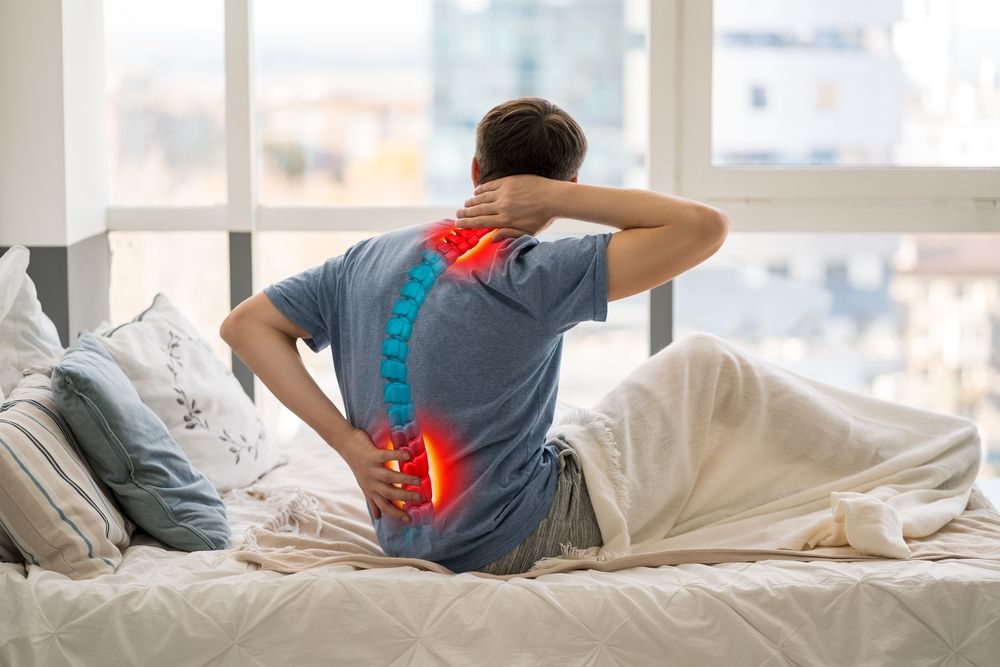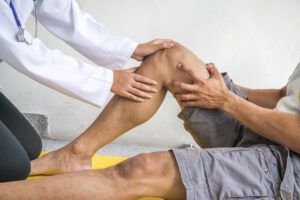Spinal deformities are structural abnormalities in the curvature or alignment of the spine that can significantly affect posture, mobility, and quality of life. The three most common types of spinal deformities are scoliosis, kyphosis, and lordosis. Each presents differently and arises from various causes, including congenital conditions, degenerative diseases, neuromuscular disorders, or trauma. While some spinal curvatures can be managed conservatively, others may require surgical correction when they progress or cause severe symptoms.
Scoliosis refers to a sideways curvature of the spine, often forming an “S” or “C” shape. Kyphosis is characterized by an exaggerated forward rounding of the upper back, leading to a hunched posture. Lordosis, on the other hand, involves an excessive inward curve of the lower spine. These deformities can result in chronic pain, breathing difficulties, limited range of motion, and emotional distress due to altered appearance. At Premier Orthopaedics & Sports Medicine, P.C., with locations in Bloomfield, Englewood, and Union City, NJ, we offer advanced surgical solutions to help restore spinal alignment and improve overall function.
When Is Surgery Necessary?
Not all cases of spinal deformity require surgical intervention. In many instances, especially in mild to moderate curvatures, non-surgical treatments like physical therapy, bracing, and pain management can effectively control symptoms and slow progression. However, when the curvature exceeds a certain degree, becomes progressively worse, or leads to debilitating pain and neurological complications, surgery may become the most appropriate course of action.
The decision to pursue surgical correction is based on multiple factors, including the type and severity of the deformity, the patient’s age, overall health, and response to previous treatments. For example, scoliosis curves greater than 45-50 degrees in adolescents or progressive deformities in adults are often considered for surgical correction to prevent further complications. Surgery may also be warranted if spinal deformities cause significant compression of the spinal cord or nerve roots, leading to weakness, numbness, or loss of bladder and bowel control.
Surgical Techniques for Scoliosis Correction
Surgical treatment for scoliosis typically involves spinal fusion, a procedure that stabilizes the spine by fusing two or more vertebrae together using bone grafts and metal implants. During the surgery, the curved portion of the spine is straightened as much as safely possible, and then rods, screws, and hooks are used to hold the spine in the corrected position while the fusion heals over time. The primary goal is not only to correct the curve but also to prevent further progression and alleviate any associated symptoms.
The surgical approach for scoliosis can be either posterior (from the back) or anterior (from the front), depending on the location and nature of the curvature. Technological advancements such as intraoperative spinal monitoring and 3D imaging have greatly improved the safety and precision of scoliosis surgery. At Premier Orthopaedics, we use minimally invasive techniques whenever feasible to reduce recovery time and minimize postoperative discomfort. Our team works closely with each patient to ensure the surgical plan is tailored to their specific anatomy and health goals.
Addressing Kyphosis Through Surgical Intervention
Kyphosis, particularly when severe or progressive, can have a profound impact on spinal stability and overall health. In cases where kyphosis results in pain, limited mobility, or compression of the spinal cord, surgical correction may be recommended. The procedure generally involves spinal fusion and osteotomy, which is the surgical removal of bone to correct the deformity and restore a more natural spinal curve.
For patients with Scheuermann’s kyphosis or post-traumatic kyphosis, the surgical approach aims to reduce the exaggerated thoracic curve and realign the spine. This is achieved by inserting rods and screws to anchor the spine and support the corrected posture. Bone grafts are added to promote fusion between the affected vertebrae, ensuring long-term stability. Post-surgery, patients typically notice improvements in posture, reduction in pain, and enhanced ability to perform daily activities. At Premier Orthopaedics, our team utilizes advanced imaging and planning tools to optimize surgical outcomes and ensure a smoother recovery.
Surgical Management of Lordosis
Lordosis, also known as swayback, involves an exaggerated inward curvature of the lumbar spine. While some degree of lumbar lordosis is normal, excessive curvature can lead to lower back pain, poor posture, and strain on the muscles and ligaments. When conservative treatments fail and the condition impairs function or causes neurological symptoms, surgical intervention may be necessary.
Surgery for lordosis correction often involves spinal fusion combined with realignment techniques to reduce the excessive curve and stabilize the spine. Depending on the complexity of the case, the surgeon may need to access the spine from the front (anterior lumbar interbody fusion), back (posterior spinal fusion), or both. The procedure helps restore balance to the spine, reduce pain, and prevent further deterioration. As with all spinal surgeries at Premier Orthopaedics, our approach is patient-focused and incorporates the latest advancements in surgical tools and techniques to achieve the best possible results.
Recovery and Rehabilitation
Recovery from spinal deformity surgery requires patience, commitment, and careful adherence to postoperative guidelines. The initial hospital stay typically lasts a few days, during which pain management and mobility assistance are provided. Patients are encouraged to begin light movement as soon as possible to prevent complications and promote healing. Depending on the complexity of the surgery, full recovery can take several months.
Rehabilitation plays a crucial role in restoring strength, flexibility, and endurance. At Premier Orthopaedics, we offer comprehensive postoperative rehabilitation programs tailored to each patient’s needs. These programs include physical therapy, occupational therapy, and regular follow-ups with the surgical team. Education on proper body mechanics, posture correction, and safe movement patterns is also provided to support long-term recovery and prevent recurrence. With guided care and support, patients can regain function and return to their daily routines with greater comfort and confidence.
Choosing Premier Orthopaedics for Spinal Deformity Surgery
Premier Orthopaedics & Sports Medicine, P.C. is dedicated to delivering top-tier spine care to communities across Bloomfield, Englewood, and Union City, NJ. Our board-certified orthopedic surgeons specialize in spinal deformity correction and utilize state-of-the-art technology to achieve optimal surgical outcomes. We believe that every patient deserves personalized attention and a treatment plan that reflects their individual health needs and lifestyle goals.
From diagnosis to recovery, we are committed to providing compassionate, comprehensive care. Our multidisciplinary team includes specialists in orthopedic surgery, pain management, physical therapy, and rehabilitation, ensuring a seamless continuum of care throughout the patient journey. If you or a loved one is living with scoliosis, kyphosis, or lordosis, we invite you to schedule a consultation to explore your surgical options and take the first step toward improved spinal health and quality of life.
Resources:
Weinstein, S. L., Dolan, L. A., Wright, J. G., & Dobbs, M. B. (2013). Effects of bracing in adolescents with idiopathic scoliosis. New England Journal of Medicine.
Bridwell, K. H., Lenke, L. G., Cho, S. K., Pahys, J., Zebala, L., & Edwards, C. (2012). Surgical treatment of kyphosis. Spine.
Glassman, S. D., Berven, S., Bridwell, K., Horton, W., & Dimar, J. R. (2005). Correlation of radiographic parameters and clinical symptoms in adult scoliosis. Spine.




